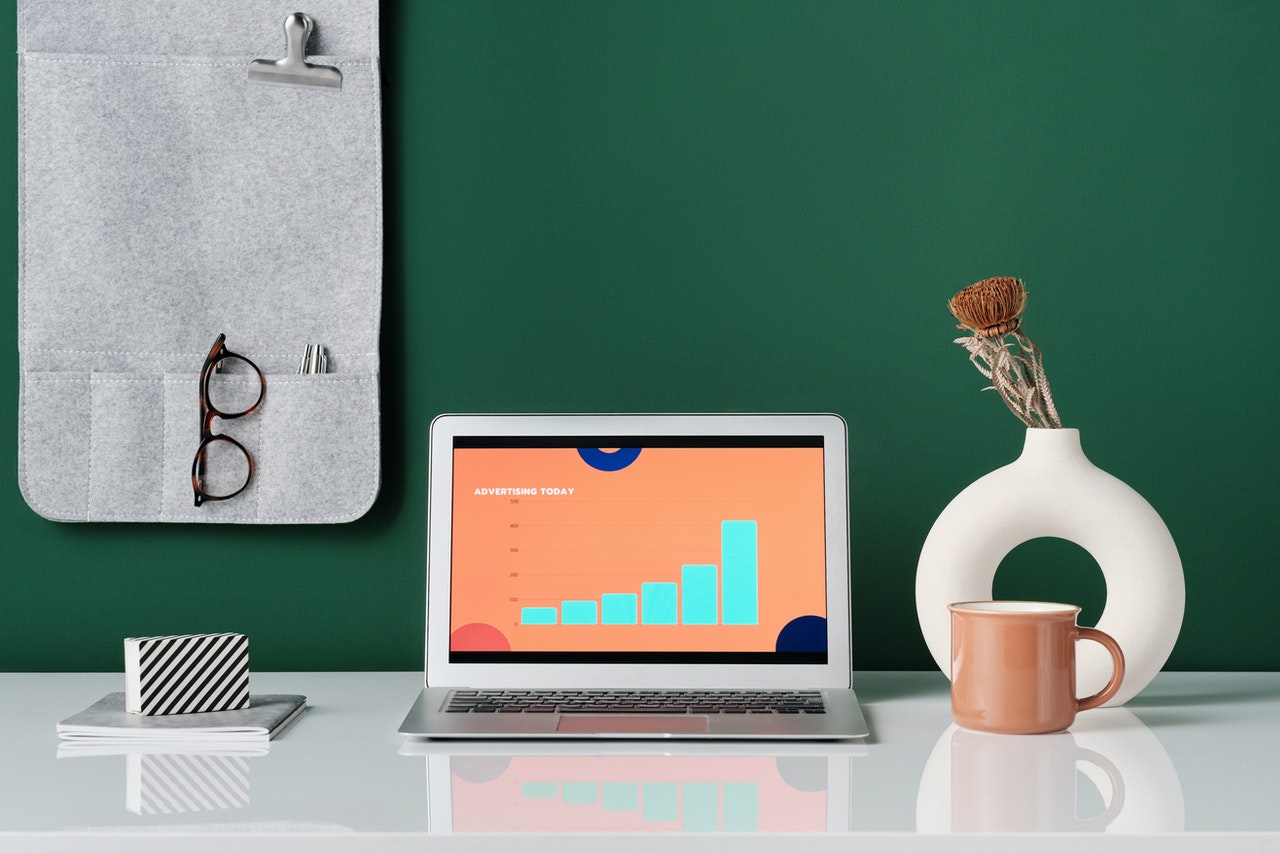Background Design in Website Design

Table of Contents
Background Design in Website Design
Background designers are responsible for adding the visual elements to a film or other multimedia production. Their primary focus is the layout and design of the elements of a scene, such as the background and props. They are also responsible for the design of items such as camera equipment and sets. A background designer’s job may also involve art direction, which involves coming up with ideas and descriptions for painting the background. Some backgrounds are pre-designed but more commonly an artist will come up with their own design.
In website design, the background images that you choose to play an important role in determining the overall visual appeal of a particular design. A website design that has good background images will give visitors a preview of what the site is all about without them even having to click onto it. Thus, a website design that makes use of good background images will be able to increase traffic to your site, increase the number of hits that your site gets and even make you more money than you could have ever imagined. It’s no wonder then that websites designers are making use of backgrounds images in their website design projects!
Background designers usually design the background around, on top of or around something else, where the animation takes place. For example, if a character needs to rest in a stationary scene, the background artist can create a resting scene that incorporates a bed, a flower, and perhaps a chair or sofa. In some cases multiple backgrounds will use the same background (for instance, in the case of a scene set in outer space), so, first, they have to make a list of everything they have to include in the background for that specific scene. Then they must figure out which background will best fit that particular character and setting.
As you can see, the design of backgrounds plays a large role in the final product. The key to a good background is to capture the viewer’s attention as soon as it enters the frame of the video. This requires careful planning and subtlety. One way to achieve this subtlety is through the use of varying levels of depth in the background. This can be done using light or dark colors or it can be achieved by using different shapes or patterns. Another technique is to use shadows or subtle highlights against the main characters for greater effect.
When a person is creating a background design, he has two choices: he can either use simple geometric shapes or he can employ more intricate designs using color, patterns, and shading. With the use of complex shapes, one must take into account the proportions of the subject being depicted. For example, if a person is depicting an animal, he will want to create a more exaggerated version than if he were to depict a human figure. In addition, the size of the figure and its position can determine how he can employ depth. The size of a character in a drawing is typically proportional to the size of the background in inches. However, it can be difficult to get this correct in 2D drawings, which is why designers usually employ complex patterns in 3D computer graphics.
Color is another important aspect of background design. The colors used should have some sort of monochromatic scheme in order to eliminate the problem of seeing dark or bright colors blending together. A common monochromatic scheme is to utilize the primary and secondary colors. When using primary colors, the dominant colors of the pattern should be utilized as the primary background. The secondary colors are supposed to blend with the main color in such a way that it appears as if they were to be part of the background. These schemes are most often used when designing portraits or images of people.
Large patterns in backgrounds design are not only used as elements of the pattern, but also as backgrounds for photographs or images. One method for concealing large patterns is to make use of shadow. This technique can be achieved by making the large pattern to fade into the background as it appears in the photograph. In this manner, a photograph appears to have background scenes that do not contain large patterns.
Animation is another interesting way to use backgrounds in design projects. One technique that most animation background designers use is to apply frames. A frame can be defined as an area on a photo or image that is used as the unit of an image. Most animation background designers make use of these frames in order to present moving pictures or moving scenes as if they are being viewed from a television or a computer monitor.




